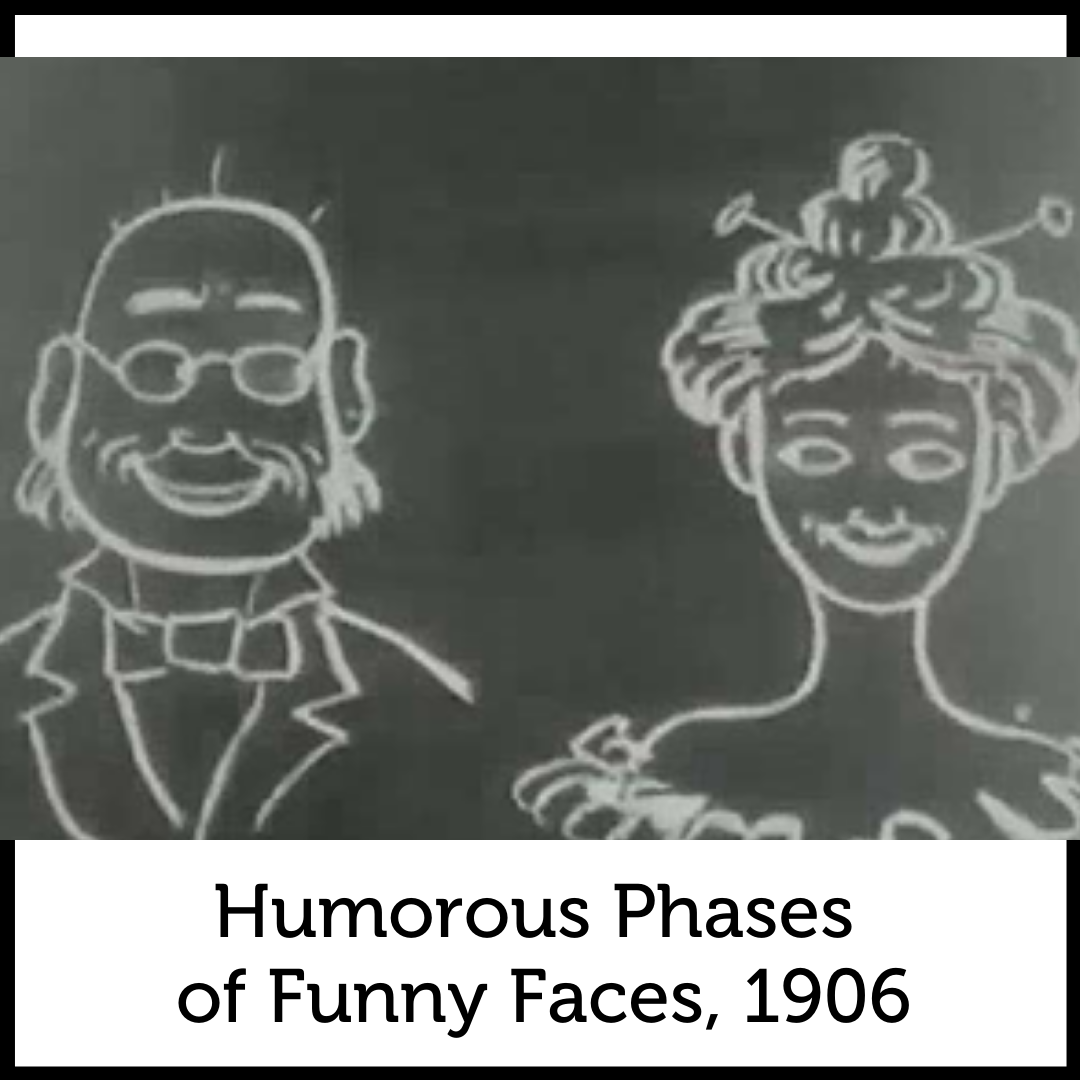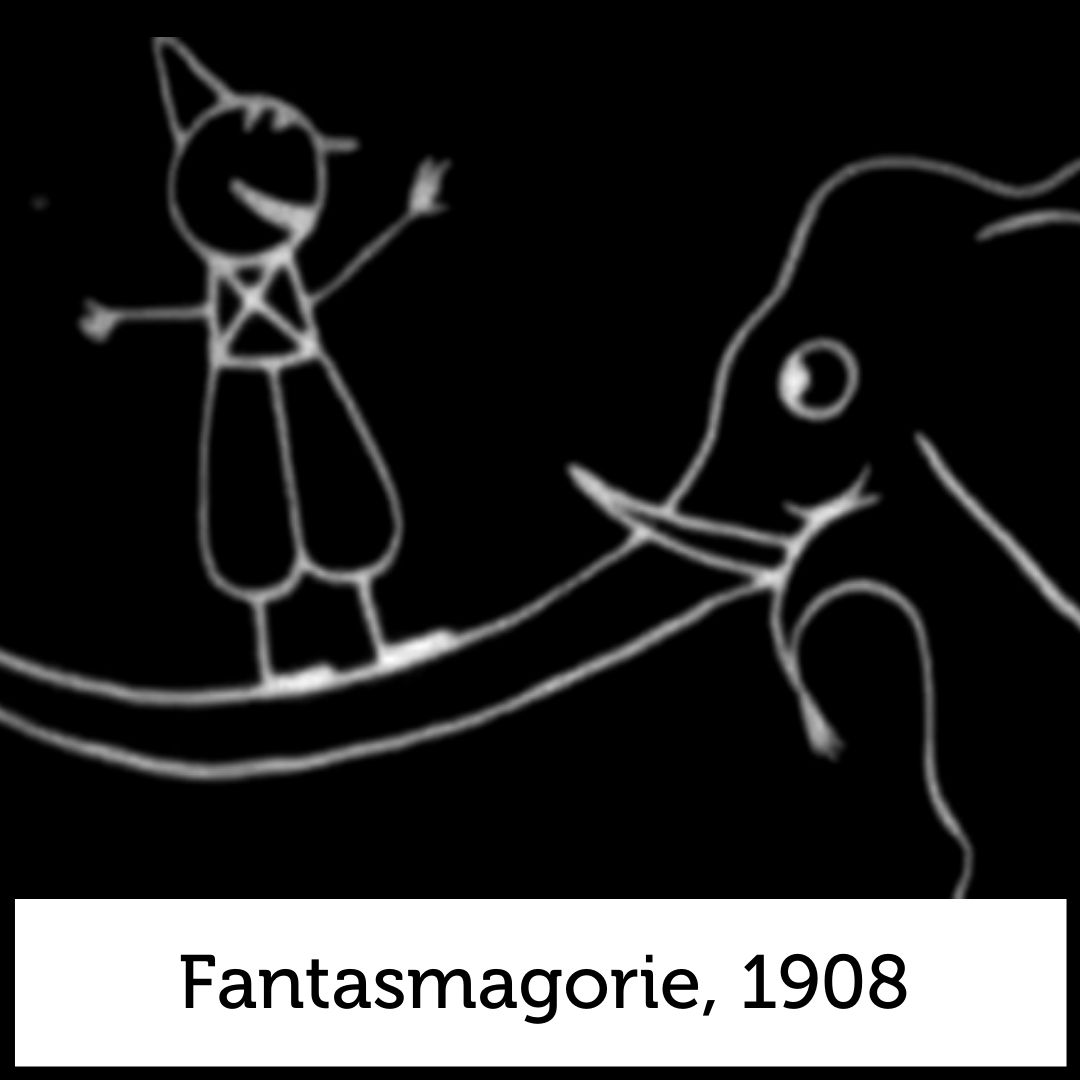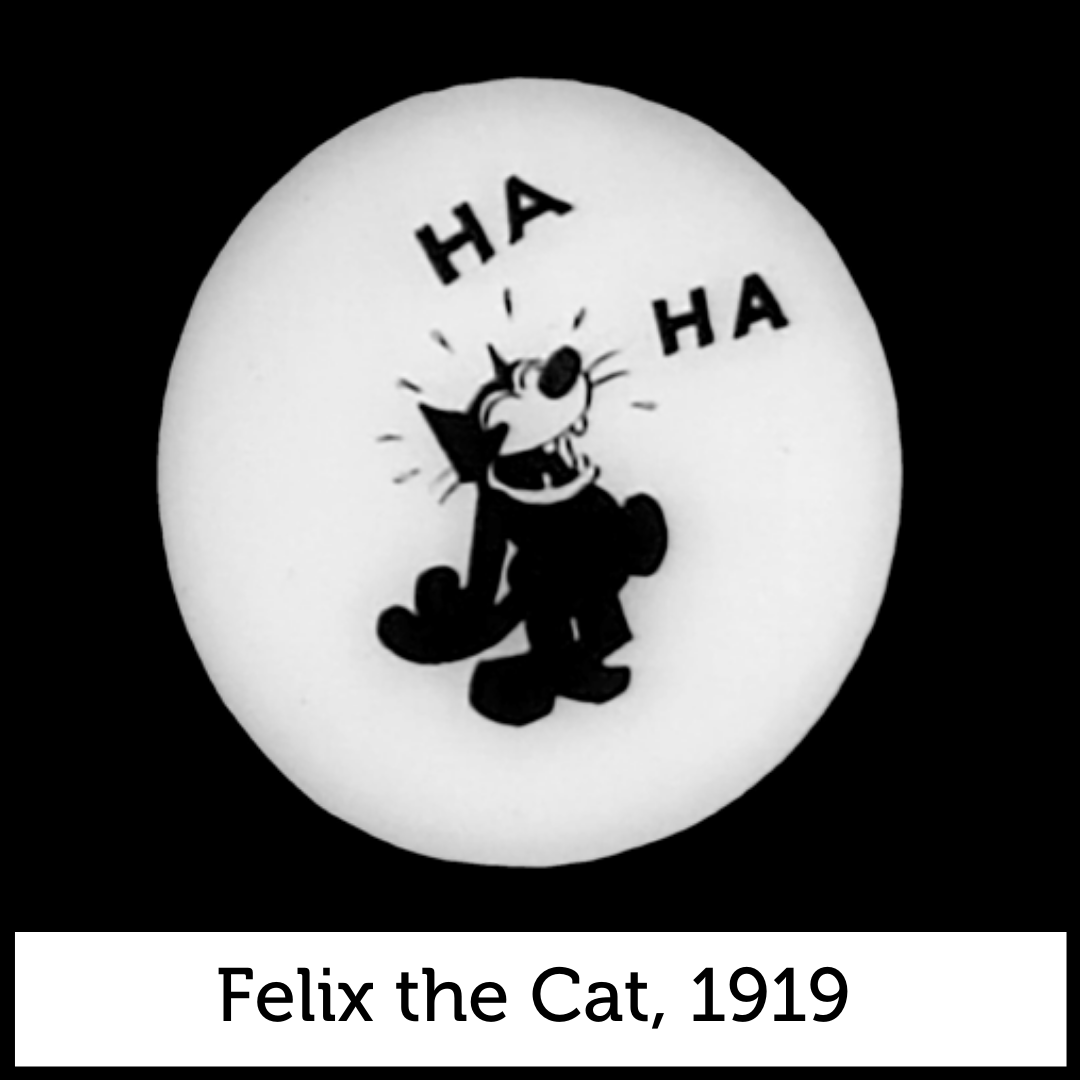Quick History: Early Animation
January 28, 2021

Today in history, January 29, 1892, animator Walt Disney started work as an artist with the Kansas City Slide Company for $40 a week.
Many believe that the history of animation begins and ends with Walt Disney. With the establishment of Pixar Studios, as well as milestones in animation like the first hand-drawn featured animation Snow White and the first fully computer-animated feature film Toy Story, it’s easy to associate Disney with all things animation. However you might be surprised to learn that the history of animation pre-Disney paints a much larger portrait.
Take a stroll through a timeline of early animation milestones (30,000 B.C. to 1928) — curated to satisfy your curiosity.
- As early as 30,000 B.C., archeological finds have proven that we’ve been attempting to visually depict things in motion since we first learned how to draw. A prime example is a bronze-age pottery bowl depicting goats leaping, which was discovered in Shahr-e Sukhteh (now the National Museum of Iran). Pictured is a reproduction of the drawing on the pottery vessel.

- 1650 - The Industrial Revolution in Europe and North America sparked the creation for machines that produced pictures that gave the illusion of movement. The Magic Lantern, or Laterna Magica, is an image projector that uses pictures on sheets of glass. Since some sheets contain moving parts, this is considered the first example of projected animation.

- Discovery of persistence of vision – If drawings of stages were shown in quick succession, the human eye would perceive them as a continuous movement, sort of like a flip book.
- 1832 – Joseph Plateau, a Belgian inventor, created the phenakistoscope — one of the first devices to capture the “persistence of vision.” The phenakistoscope consisted of a spinning cardboard disk that gave the illusion of movement when viewed in a mirror.

- 1834 – William George Horner invented the zoetrope — a rotating drum lined by a band of pictures that could be swapped out for different pictures.

- 1876 – Frenchman Émile Reynaud created the “Theatre Optique” — an animated moving picture system that gave over 12,800 shows to a total of more than 500,000 visitors at the Musée Grévin in Paris (interestingly, a present day wax museum).

- 1906 - J. Stuart Blackton created the Humorous Phases of Funny Faces, which is noted as quite possibly the first film-based animation. In the same year, Blackton experimented with the idea of stop-motion animation, which involved taking a photograph of an object, moving its position slightly, photographing it again, and so forth, creating a moving animation. Click here to watch Humorous Phases of Funny Faces for yourself.

- 1908 – Émile Cohl created Fantasmagorie — the first animated film using hand-drawn animation, and film historians consider it to be the first animated cartoon. To make this film, Cohl placed each drawing on an illuminated glass plate, then traced the next drawing with variations on top until he had around 700 drawings. Click here to watch the Fantasmagorie animated short.

- 1914 – Winsor McCay created Gertie the Dinosaur — the animated short film that took the next step in paving the road to a more fluid sense of movement. This technique gave Gertie the presence and personality of an individual with a life of her own. Want to watch Gertie the Dinosaur in its early form? Click here to view on YouTube.

- 1919 – Felix the Cat — often considered the first animated movie star — was created by Pat Sullivan and Otto Messmer during the silent film era. Felix the Cat is famously seen with hands behind his back, head down, and deep in thought. Click here to watch an original Felix the Cat short on YouTube.

- In 1928, young Walt Disney was working at his Laugh-O-gram Films studio in Kansas City, Missouri. After making a few minor changes to his first major character, Oswald the Lucky Rabbit, the character of Mickey Mouse was born. Disney made history when he produced Steamboat Willie, the first cartoon animation with synchronized sound. Click here to watch Steamboat Willie for yourself.

From early depictions of movement on pottery to present day computer-generated imagery (CGI), it’s an understatement to say that animation has come a long way from its start. Don't forget to follow us on Facebook, Instagram, and Twitter for more quick history. What “quick history” topic would you like to see us research and share next? Email us a topic to let us know!
